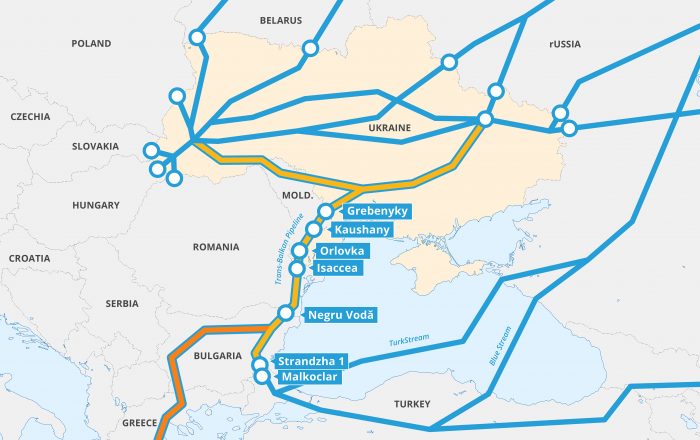On November 25, at the initiative of Gas TSO of Ukraine, at an extraordinary meeting of the CESEC (The Central and South Eastern Europe energy connectivity) working group, the participants discussed the harmonization of gas quality requirements in the countries of South Eastern Europe. The existing differences in the requirements for the gas composition established at the regulatory level and reflected in the agreements on cooperation between adjacent GTS operators impede the full use of the gas infrastructure in the region.
Historically gas has been supplied from east to west, and gas quality requirements for the respective route were determined based on the physical and chemical characteristics of russian gas. Considering the EU’s plans to replace russian gas with liquefied gas or gas from other sources, the linking of gas quality parameters to the corresponding indicators of gas from the russian federation is losing its relevance. After all, the quality composition of gas from other sources may differ from the current requirements. That is why GTSOU proposed to unify the criteria for natural gas quality in the southeastern region of Europe to eliminate artificial barriers to gas transportation.
“The European gas market existed with the understanding that the “lion’s share” of gas was supplied from russia, but now everything is changing. Accordingly, the moment has come when we have to change all regulations that hinder the diversification of sources and gas supply routes to the region’s countries. We expect that, with the assistance of the European Commission, we will reach a consensus that will help to unblock the Trans-Balkan route, increase the security of supply and contribute to the revival of cross-border trade,” explains Olga Bielkova, Director of Government and International Affairs of GTSOU.
